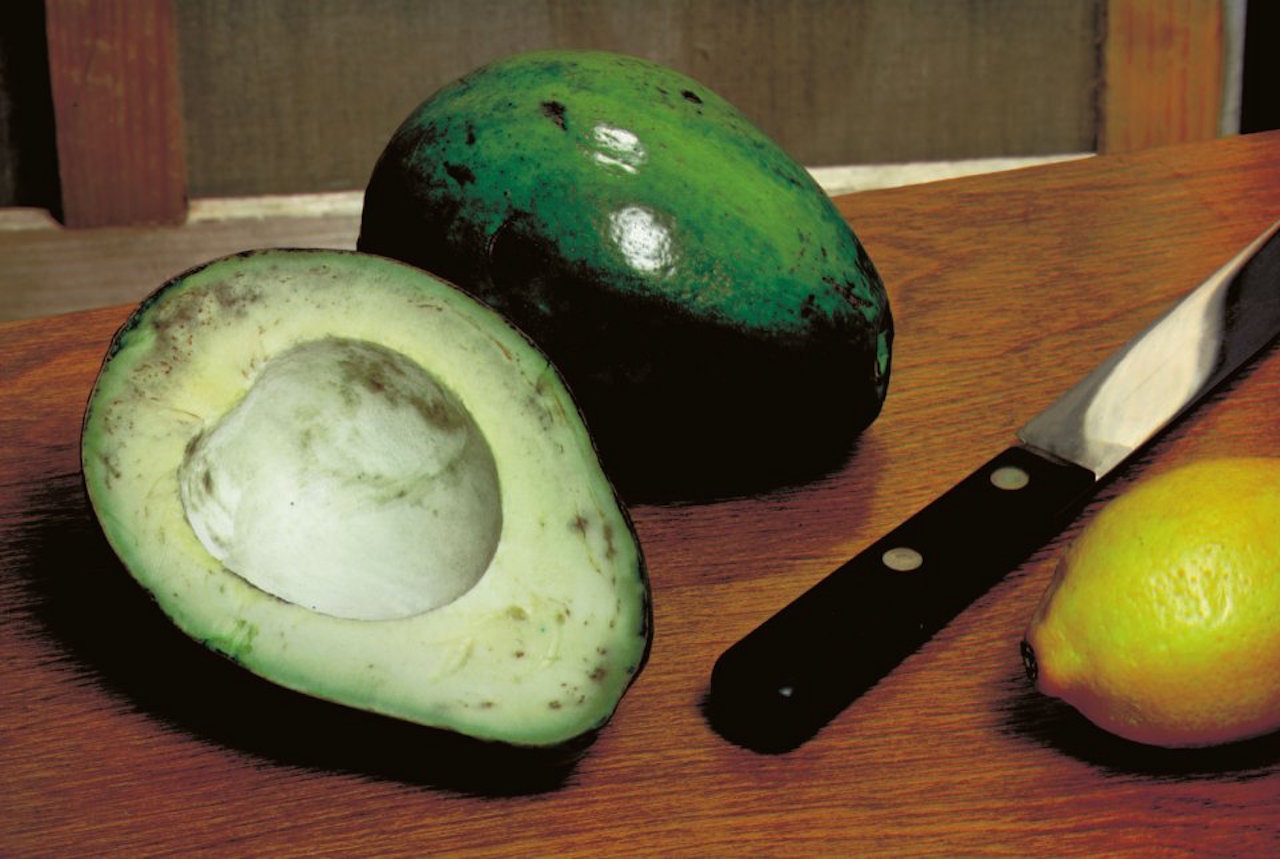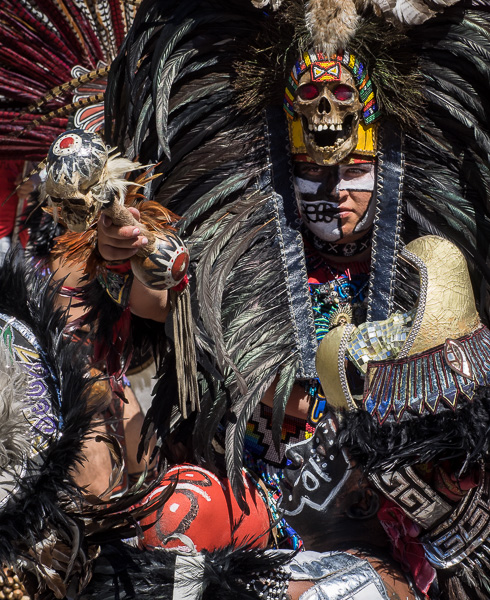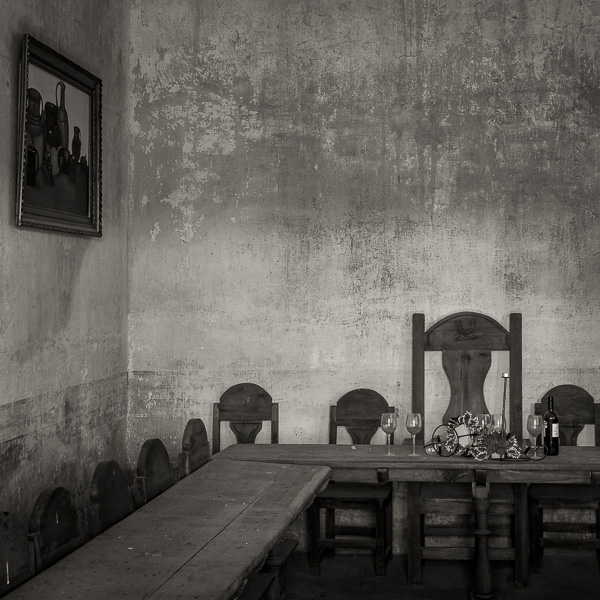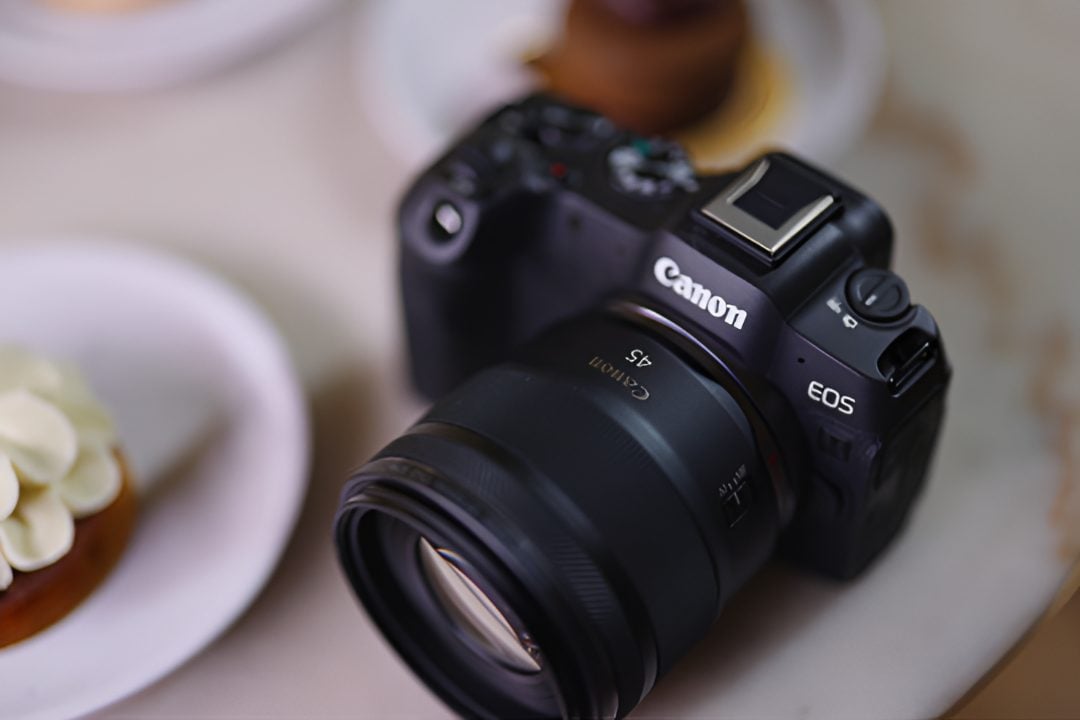Largely lost now in the history of photography, in New York City, there was a school. A school of photography, a small school. A school attended by a surprising number of well-known names. Margaret Bourke-White. Anne Brigman. Laura Gilpin. Dorothea Lange. Paul Outerbridge.
Other well-known names taught there or stopped by to give occasional lectures.
Clarence White himself, to the modern eye, was a bit one-note as a photographer. He was very much in the vein of the dreamy, soft-focus Pictorialist, and stuck to his guns on that point until his death in 1925. In his youth, he was something of a wunderkind, much-lauded for his photographs. It is fair to say, though, that he never really altered his approach, so by the end of his life 25 years or so later, he was seen, correctly, as a bit of a one-hit-wonder.
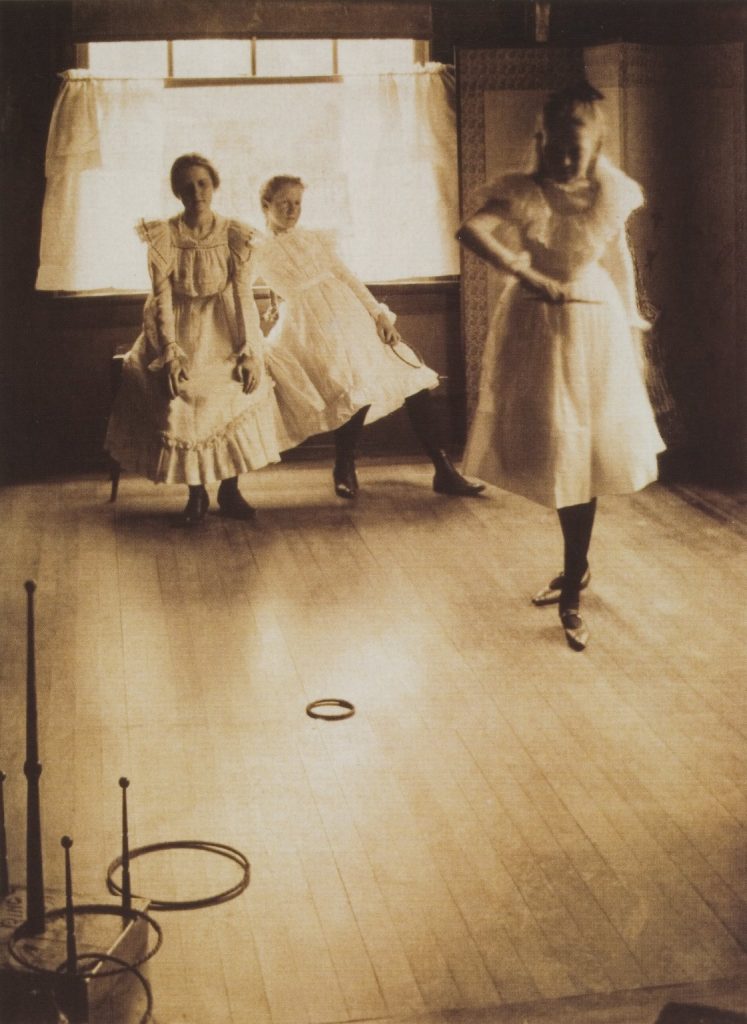

His teaching, though, that was something else entirely. Unlike many of his contemporaries, he was style-agnostic with his students. His students could shoot sharp photos or dreamy, staged or spontaneous. They could photograph people or things, it didn’t matter much. What White brought to the discipline was a strong background in non-photographic art. His school hired painters to teach art appreciation and design, and the result shines out in the work.
Paradoxically, while White’s school emphasized art appreciation and design to perhaps a larger degree than any educators before or since it aimed to produce commercially successful artists. This was one of several reasons Stieglitz fell out with White, Stieglitz apparently feeling that a photographer ought to be born wealthy and then to pursue his art freely and without regard to commerce (Stieglitz seems to have spent the bulk of his career falling out with people.) Stieglitz also seems to have been a bit of misogynist. White, on the other hand, spent a lot of effort explicitly on training women to enter a profession that was, in fact, open to them at the time, with a fair degree of success.
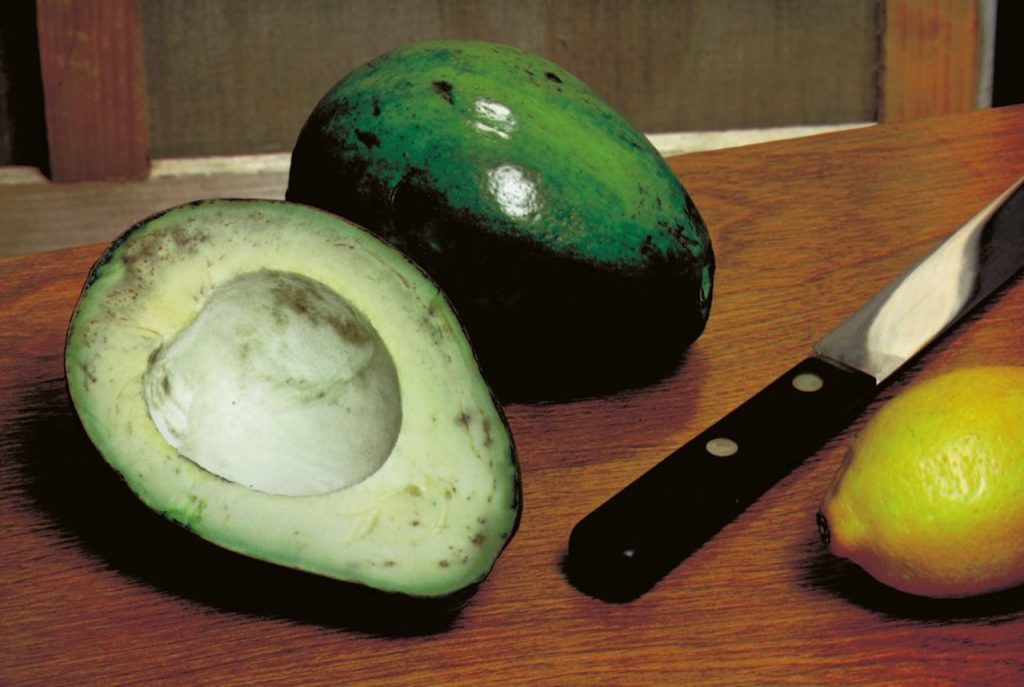

There isn’t much common between the work of, say, Paul Outerbridge, Laura Gilpin, and Margaret Bourke-White, except for the strong sense of design. These are not sloppy, or loose, frames, everything lies exactly where it should, and this seems to be consistent among the graduates of White’s school. Whatever the subject matter, whatever the technique, whatever the style, the frame is always tight, designed.
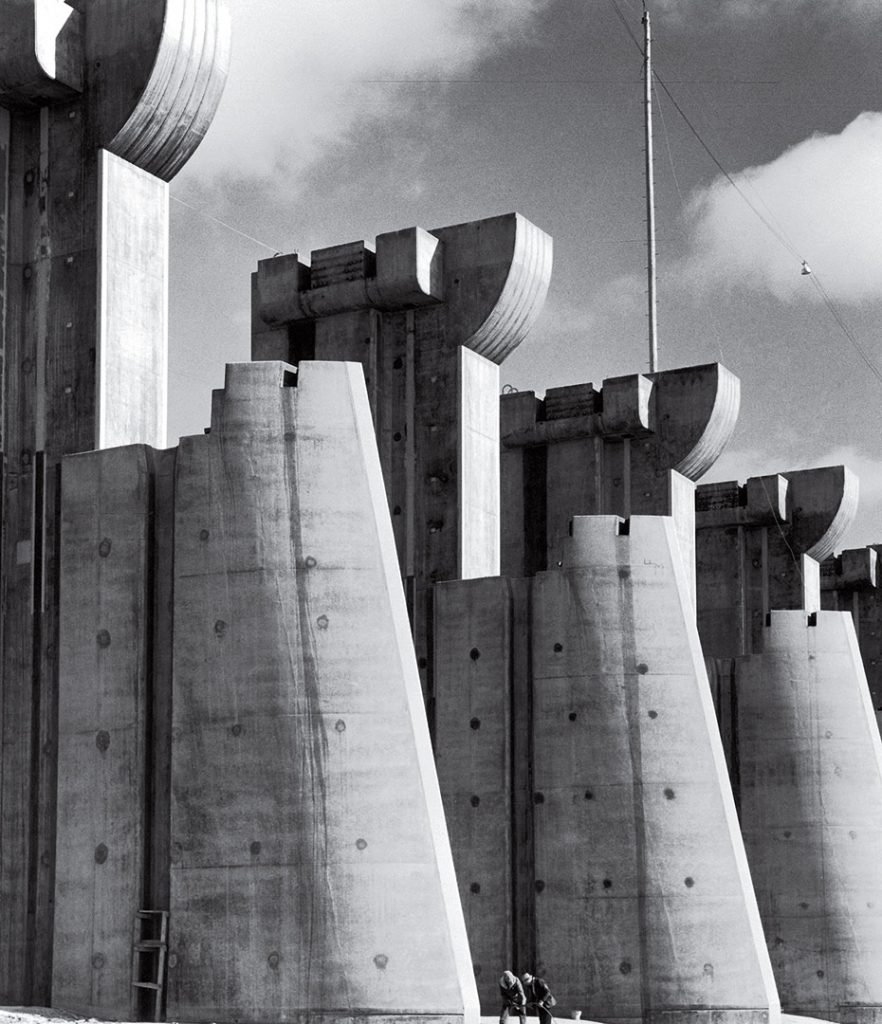

Advertisers took note, and this remains the case to this very day. Whether the advert be color or monochrome, soft or sharp, brilliant or muted, the sense of design is always present.
It’s hard to say whether White’s school defined advertising photography, or whether the ad-men of the early 20th century simply happened upon something that they liked, but the two came together, as Forrest Gump might say, “like peas and carrots” and they’ve been together ever since.
White’s place in history and the place of his school has been given short shrift. In Newhall’s authoritative history, White appears now and then, a line here and a line there, but little to no significance is granted him.
Notably, Edward Steichen is usually presented to us as Stieglitz’s discovery, but he was not. White found him and brought him into the New York circle of photographers. From there, of course, Steichen went on to make a lot of worthy pictures, arguably to invent fashion photography, to run the photography department at the MOMA, to curate The Family of Man and so on.
It is time we attended a little more to Clarence H. White, and to the school he founded.
Andrew Molitor
November 2019
Read this story and all the best stories on The Luminous Landscape
The author has made this story available to Luminous Landscape members only. Upgrade to get instant access to this story and other benefits available only to members.
Why choose us?
Luminous-Landscape is a membership site. Our website contains over 5300 articles on almost every topic, camera, lens and printer you can imagine. Our membership model is simple, just $2 a month ($24.00 USD a year). This $24 gains you access to a wealth of information including all our past and future video tutorials on such topics as Lightroom, Capture One, Printing, file management and dozens of interviews and travel videos.
- New Articles every few days
- All original content found nowhere else on the web
- No Pop Up Google Sense ads – Our advertisers are photo related
- Download/stream video to any device
- NEW videos monthly
- Top well-known photographer contributors
- Posts from industry leaders
- Speciality Photography Workshops
- Mobile device scalable
- Exclusive video interviews
- Special vendor offers for members
- Hands On Product reviews
- FREE – User Forum. One of the most read user forums on the internet
- Access to our community Buy and Sell pages; for members only.


